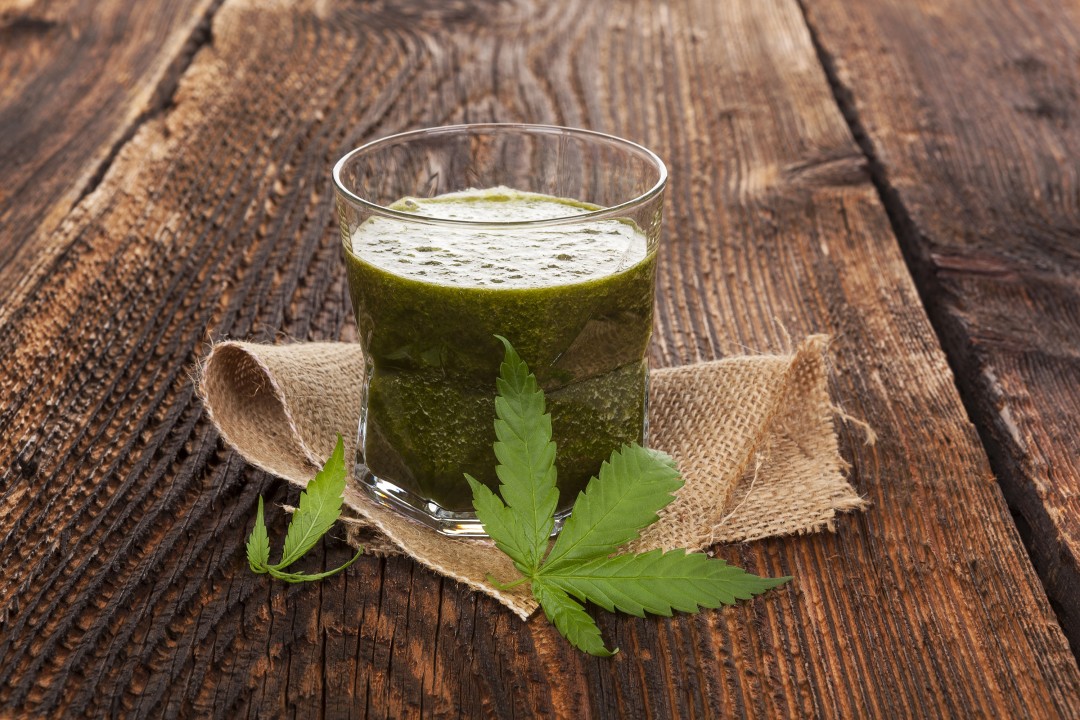
The Ancient Art of Bhang Lassi: A Mellow Cannabis-Infused Beverage from India
Introduction
For over a thousand years, the Indian subcontinent has enjoyed a unique and traditional cannabis-infused beverage called bhang lassi. This drink is made from a combination of milk, spices, and bhang – a paste created by grinding marijuana leaves and flowers. While it may seem like an intoxicating concoction, the preparation method of bhang lassi ensures that it delivers a milder effect compared to other cannabis products. In this article, we will explore the history of bhang lassi, its cultural significance, and the science behind its gentle impact.
The History and Cultural Significance of Bhang Lassi
Bhang lassi has deep roots in Indian culture and has been consumed for various purposes, including medicinal, religious, and recreational. It is often associated with the Hindu deity Lord Shiva, who is believed to have used bhang to attain a state of meditation and relaxation. During the annual festival of Holi, bhang lassi is consumed as a symbol of breaking social barriers and promoting unity among people.
In addition to its spiritual significance, bhang lassi has been used in Ayurvedic medicine for centuries. It is believed to help treat various ailments such as fever, digestive issues, and anxiety. Moreover, bhang lassi is also consumed for its mild euphoric effects, which are considered less potent than other forms of cannabis consumption.

The Science Behind Bhang Lassi's Mild Effects
Despite containing up to an ounce of cannabis flowers and leaves, bhang lassi does not deliver an overpowering effect. This is because the preparation method prevents the full extraction of THC, the psychoactive compound responsible for the "high" experienced when consuming cannabis.
When making bhang lassi, the first step involves creating a cannabis water tea. This process does not heat the bhang above the temperature at which THC acid becomes psychoactive. As a result, only a small portion of the THC is activated and released into the water. Furthermore, since cannabinoids are not water-soluble, the majority of them remain unextracted during this step.
The addition of milk to the cannabis water tea further dilutes the concentration of THC. Fats in the milk help bind with the remaining cannabinoids, but the overall effect remains mild due to the limited extraction process. This intentional preparation method aligns with the cultural and medicinal purposes of bhang lassi – providing a gentle, soothing experience rather than an overwhelming high.
Conclusion
Bhang lassi is a fascinating example of how ancient cultures have harnessed the power of cannabis for spiritual, medicinal, and recreational purposes. Its unique preparation method ensures that the drink delivers a milder effect, making it suitable for various occasions and users. As interest in cannabis-infused beverages grows globally, the traditional art of bhang lassi serves as a reminder of the importance of understanding and respecting the cultural context of such practices.
#cbd #cannabis #cannabishistory #bhang #bhanglassi #ancienthistory #cannabisrituals #indianculture #indianhistory #feelgreatagain #budandtender